Bouldering Pre-Registration
Bouldering Wall Membership
The bouldering wall is located in the New Venture Out Center (540 Beamer Way) in the South Recreation Area next to the Recreational Field House and Intramural Fields. Use of the 15 foot tall bouldering wall is free for students during open hours of Noon to 9PM. Walk-ins are welcome, but to guarantee your spot, register with us online.
*Climbing shoes are available for day/indoor rentals at no cost to students.
Bouldering is rock climbing over large pads to protect falls, rather than classic rope and harness climbing. The challenge is to climb short, but tricky routes.
January 18 - May 4
Monday, Tuesday, Thursday, and Friday
Wednesday, Saturday, Sunday
The Bouldering Wall and Venture Out Center will be closed the week of spring break
All boulderers must check in at front desk and review orientation video
Wash/sanitize your hands prior to climbing
Loose chalk is not permitted - Liquid chalk for sale at pro shop
No rope climbing permitted outside of clinic or designated training session
A maximum of four climbers on the wall at one time
No topping out (ie. no climbing above, beyond, or over the top lip of the wall)
No climbing over or under other active climbers
Shirts and climbing shoes must be worn at all times
No personal belongings or water bottles on the bouldering mat
No resting while on the mat, move into lobby area for breaks
No food in climbing or main lobby area
No chewing gum
Mask must be worn while in the facility and while climbing
 Only manufactured liquid chalk will be allowed
Only manufactured liquid chalk will be allowed*Climbing shoe rentals are available for free upon request
Only 8 participants will be allowed in the Venture Out Center Lobby/Bouldering Wall area, so non-registered spectators will not be permitted. If there is an open space in the reservation schedule, we may be able to serve walk-ups.
Climbing shoe rentals are available for free at the front desk! Let staff know you'd like a pair and they will provide you with your size. Return the shoes at the end of your session and they will be properly sprayed with disinfectant.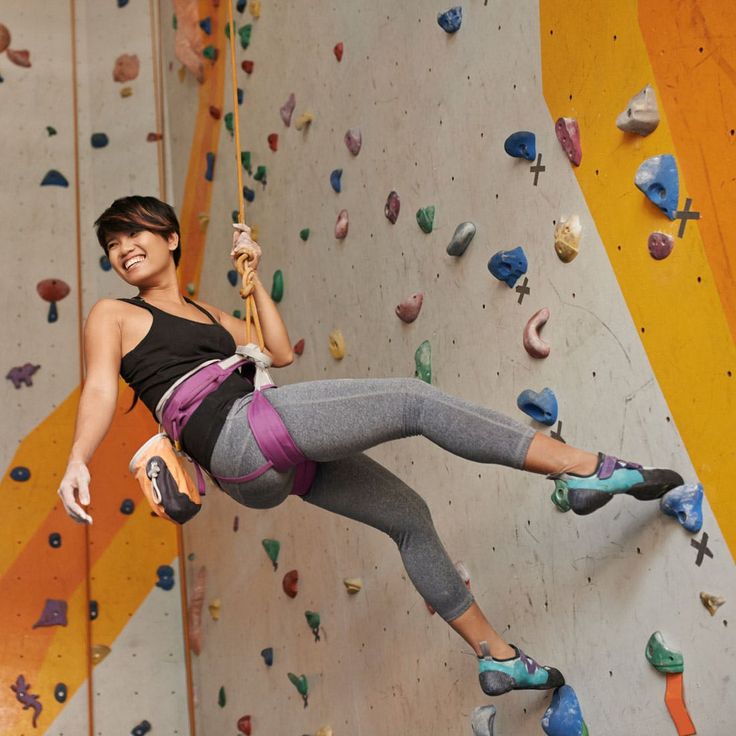
Loose chalk will not be permitted. Liquid chalk is sold at our pro shop, just ask the front desk.
Route setting will occur on a monthly basis with holds being washed and sanitized before use on new routes. Check back monthly to see what's new on the wall!
The bouldering wall and mats will be properly disinfected daily and between climbing sessions.
Participants must read through this bouldering orientation!
Please read the following carefully. The bouldering orientation information below is extremely important to minimizing the inherent risk of bouldering and the wellbeing of all climbers. Ask any of the Venture Out staff if you have questions or seek guidance after reading this fully. **Please also see posting of rules listed in addition to this Orientation.
Fall Zone & General Bouldering Awareness:
A fall zone is the area where someone currently climbing could fall
Fall zones are generally defined by an imaginary 6-10 foot radius around every climber on the wall
Since climbers are constantly moving, fall zones are always changing. Your awareness is vital to minimizing risk of injury to yourself and others.
Climbers are focused on climbing and cannot be expected to be aware of what’s below them. Don't walk through an active fall zone, as you can be injured if the climber falls.
Bouldering is a dynamic sport that at times may involve some fast and erratic movements. Be aware of your movements, and spaces you will be transitioning to (watch out for other climbers).
Don’t climb over someone. If you fall, you can both be injured.
If you notice someone walking inside your fall zone or someone else’s, notify them to move out of it immediately.
The climbing wall terrain is always changing. Be aware of climbing holds and other features that may protrude from the wall. Avoid walking into or standing up into any of these areas.
Using headphones or earbuds means you may not be able to hear others who may be trying to communicate with you. As such, they are not allowed in the climbing area and main lobby of the Venture Out Center.
Do not rest in padded areas, step off pads while taking breaks.
If you see anyone doing anything dangerous, let them (or us) know!
Falling: It is most likely that you will fall at some point during your use of the Bouldering Wall, please read fully below:
Know your body’s abilities and what impacts you can sustain. Climb inside of your comfort zone.
When falling, DO NOT attempt to catch yourself on your feet, like a gymnast’s finish. While impressive in appearance, the padded surfaces do not offer reliable terrain and put your ankles and back at great risk…… instead, tuck and tumble, distributing the impact over as much protected surface area of your body and over as much distance/time as possible.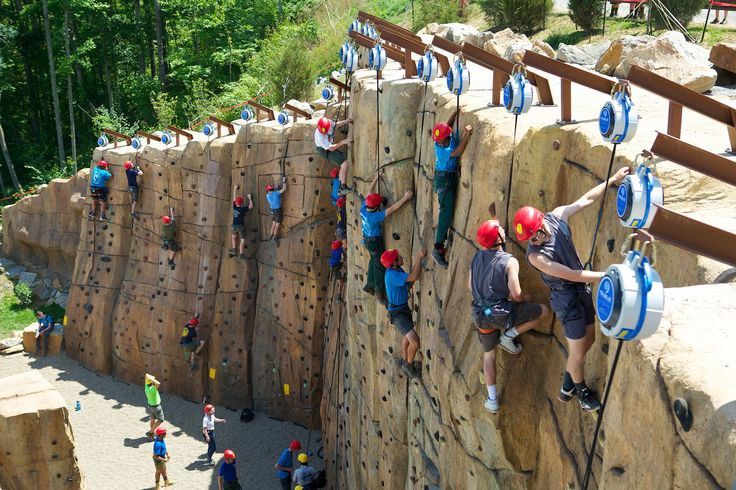 Think like a ninja, act like a ninja!
Think like a ninja, act like a ninja!
As you ascend the wall, anticipate falling and how you will react. Practice falling from increasing heights until you are comfortable falling from any elevation.
If you ever feel uncomfortable falling, downclimb to a level where you are comfortable using any hold available. Nearby downclimb jugs are also available.
Every climbing facility’s padded surfaces are unique. Even if you are an experienced climber, take the necessary time to acquaint yourself with our padding in order to understand the stiffness and how it reacts when falling from different heights.
Before you start your climb, be sure that the area underneath is clear from other people, bags, bottles, etc.
This article about the quad anchor is part of the book - The Trad Climber's Guide To Problem Solving.
The 'Quad Anchor' is an anchor system which self-adjusts to keep an equal force on each anchor point. It can be better than other methods of equalizing in certain situations.
It can be better than other methods of equalizing in certain situations.
Advantages
- Distributes the load equally between the anchor pieces. This puts less force on each piece, therefore decreasing the likelihood of anchor point failure.
- Provides two independent attachment points for the belayer and climber. This helps to prevent carabiners from jamming up at the same master point.
- The two attachment points adjust laterally, meaning that the anchor remains equalized even when different directions of pull are applied at the same time. This is useful during multi-pitch belay changeovers, or if the route traverses in or out from the belay.
- On multi-pitch routes where you have bolted anchors that are approximately the same, you can speed up your anchor building by keeping the quad tied.
Disadvantages
- The quad will extend slightly should either anchor point fail. This can shock-load the remaining piece(s).
- Since the quad needs to be doubled up, it is difficult to equalize anchors where the placements are far apart.
Best Situation To Use The Quad Anchor
To equalize two bomber anchor points such as a two-bolt anchor.
You Will Need:
* 2, 3 or 4 solid anchor points
* A cordelette
* 3-5 screwgate carabiners
Step 1
Double over a cordelette so there are four strands of cord. Make sure the double fisherman’s knot of the cordelette is near one end.
Step 2
Tie a ‘load-limiting’ knot on one side of the cordelette. This can be either an overhand knot or a figure-8 (The figure-8 is easier to untie after loading. The overhand uses slightly less cord).
Step 3
Tie another load-limiting knot on the other side and clip both ends of the cordelette to the anchor points with screwgate carabiners. Make sure the knots are fairly even when the anchor is weighted in the direction of loading. The four-strand ‘master point’ should normally be around 12 inches long.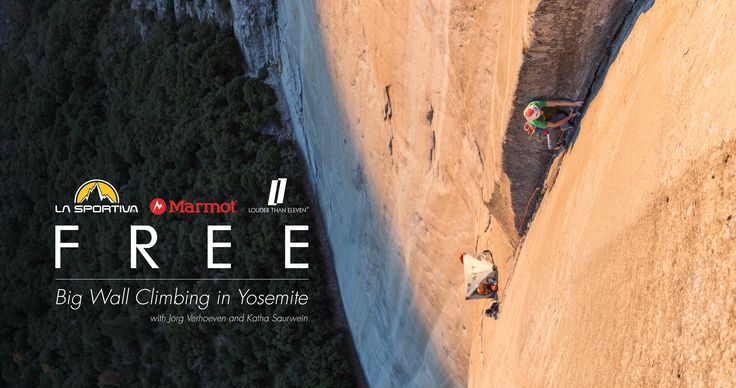
These load-limiting knots minimize the distance the cordelette drops if one anchor point fails. The closer you tie these knots to the master point, the less shock-loading is applied to the remaining anchor point.
If the strength of your anchor points are difficult to assess (e.g: older bolts), you should move the overhand knots closer together. However, this also reduces the lateral range over which the quad self-equalizes.
Step 4
Separate the four strands of the master point into two doubled strands.
Step 5
Attach yourself to two of the master point strands (using a clovehitch on a screwgate carabiner).
If belaying in guide mode, attach your belay device to the other two master point strands.
Warning!
It is important to only clip into two of the master point strands. If you clip into all four, you could become completely detached from the anchor if one point fails.
To equalize three anchor points, simply split one of the double-loops, attaching one loop into each piece. You will need to re-tie the load-limiting knots to equalize these pieces since they will probably be at varying heights.
You will need to re-tie the load-limiting knots to equalize these pieces since they will probably be at varying heights.
Do the same with the other side to equalize four points.
Sometimes it can be difficult to equalize three or four points correctly, as this uses up a lot of cordelette. In this case, consider equalizing the furthest away pieces with a sling to create two anchor points. Then attach your quad to those.
You can use the quad anchor to set up a top rope. This is useful if you want to top rope two different routes which are immediately next to each other, but share the same anchor. The quad will self-equalize for both of them without needing any adjustment.
As always, make sure your anchor meets the requirements of the six point rule before you set up a top rope.
Step 1
Clip a screwgate carabiner into two of the master point strands.
Step 2
Clip another screwgate into the other two master point strands.
Step 3
Clip the rope through the screwgates and fasten them.
It is important not to clip a carabiner through all four strands (see above).
⇦ Part 2 Part 4 ⇨
Posted in Trad Climbing, Advanced Trad SkillsTagged top rope, anchors, equalize, belay
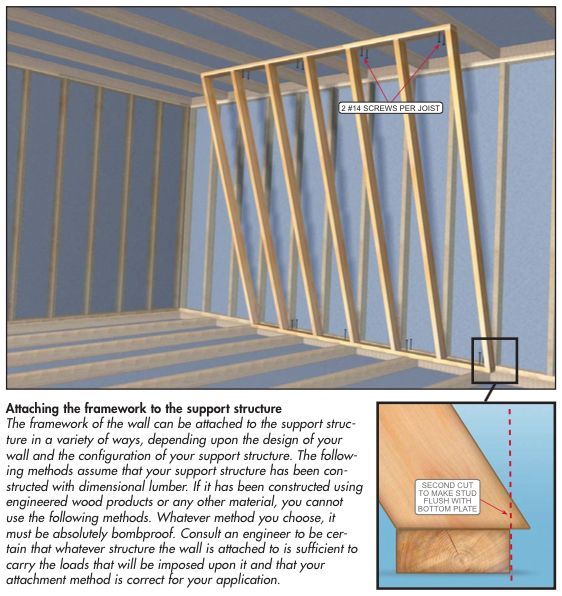
ATVs (all-terrain vehicles) are compact and versatile vehicles. They are used for extreme recreation and sports competitions. They can effortlessly ride off-road and rough terrain. Wide wheels and a powerful engine make it easy to overcome dirt roads, potholes, ravines and slopes. Many summer residents, hunters and fishermen prefer to travel on ATVs. They can carry goods. In winter, they replace snowmobiles. A trip on such motor vehicles brings a lot of pleasant emotions. However, quad biking is an extreme form of transportation. And it is better to do it with professional instructors of the QuadRider club. Unlike motorcycles and other vehicles, they have a short wheelbase, narrow width and high center of gravity. Improper driving often leads to rollovers. Important to know how to drive an ATV correctly to avoid dangerous accidents. Appropriate training and compliance with driving rules is a guarantee of safety not only for drivers, but also for pedestrians.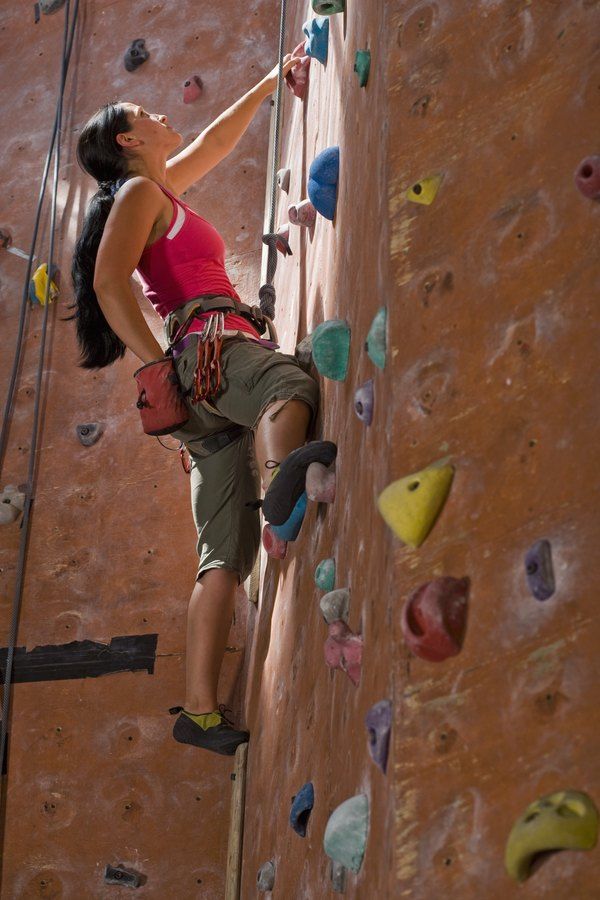
Before driving an ATV, you must do the following:
Operating a vehicle without a license and skills is fraught with serious injuries and large fines.

Strictly prohibited:

The rider's weight has a big impact on the handling of the ATV. Centrifugal forces are compensated by transferring body weight to the rear or front of the vehicle. Quads are a powerful technique, prone to tipping over and slipping. Wrong driving can cost lives. In this regard, it is necessary not only to know0031 how to ride a quad bike , but also to learn the basic rack.
When riding an ATV standing up, it is easier to avoid tipping over. There are 3 main stances common among ATVs. Each of them is used in certain situations.
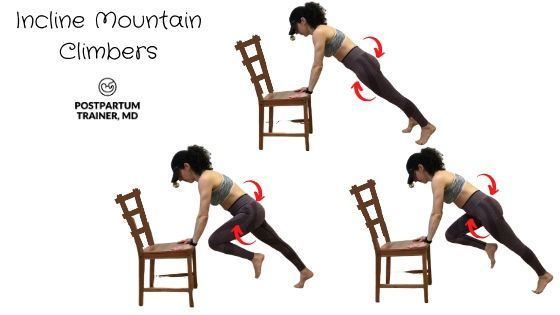 Tilt the body forward as much as possible and bend the knees slightly.
Tilt the body forward as much as possible and bend the knees slightly. A dangerous stance option is a tense back and straight legs. In this position, the body cannot absorb shocks and shocks. The spine and joints are subjected to enormous loads. In this situation, control over transport worsens.
The main ATV controls are located on the steering wheel. On the right handle are: throttle trigger, differential lock switch (2WD / 4WD / LOCK) and fuse.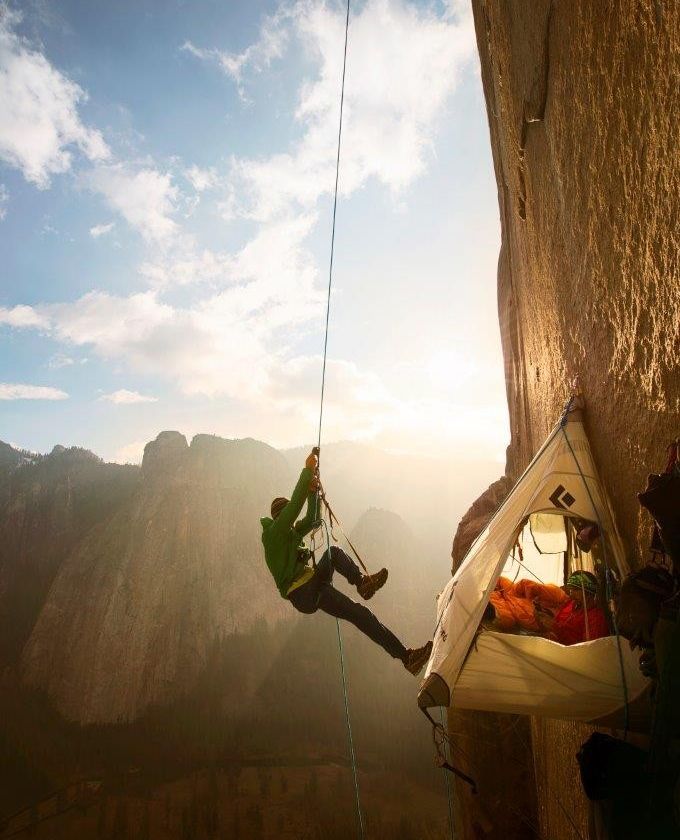 On all-wheel drive, cargo transportation, off-road driving and slippery roads are usually carried out. The differential lock ensures the synchronous rotation of the wheels. On the left side of the steering wheel is the ignition switch, engine start button, headlight switch and horn button.
On all-wheel drive, cargo transportation, off-road driving and slippery roads are usually carried out. The differential lock ensures the synchronous rotation of the wheels. On the left side of the steering wheel is the ignition switch, engine start button, headlight switch and horn button.
Sit in a correct and comfortable position on the ATV. Place your feet on the footrests and place your hands on the handlebars. Insert the key into the ignition switch and turn it to the "ON" mark. Then depress the brake pedal and the electric starter button. Hold the starter button for 5 seconds until the engine starts.
When the motor starts, let it run for 1 minute. In the cold season, warm it up for about 5 minutes. Before you start driving, make sure that there are no obstacles in the way (other vehicles and pedestrians). To move off, shift the gearbox to overdrive H. Release the brake pedal and gently press the gas trigger with your right thumb until you reach the desired speed.
Release the brake pedal and gently press the gas trigger with your right thumb until you reach the desired speed.
Slow down on curves and turns. Turn as far as possible. Entering the turn, lean your whole body and lower body into the turn. If you turn right, shift your body weight to the right. If you turn left, lean your whole body to the left side. In this way, you will avoid falling and overturning the ATV.
Correct gear shifting and ATV should be carried out after it has come to a complete stop. Release the throttle lever and press the brake pedal. Move the gearshift lever to the desired position. The selected gear indicator should light up on the instrument panel. The gear lever must be in the "H" (normal high gear) or "L" (extreme low gear) position. The "R" mode is used for reverse.
Pick up speed before entering the hillock.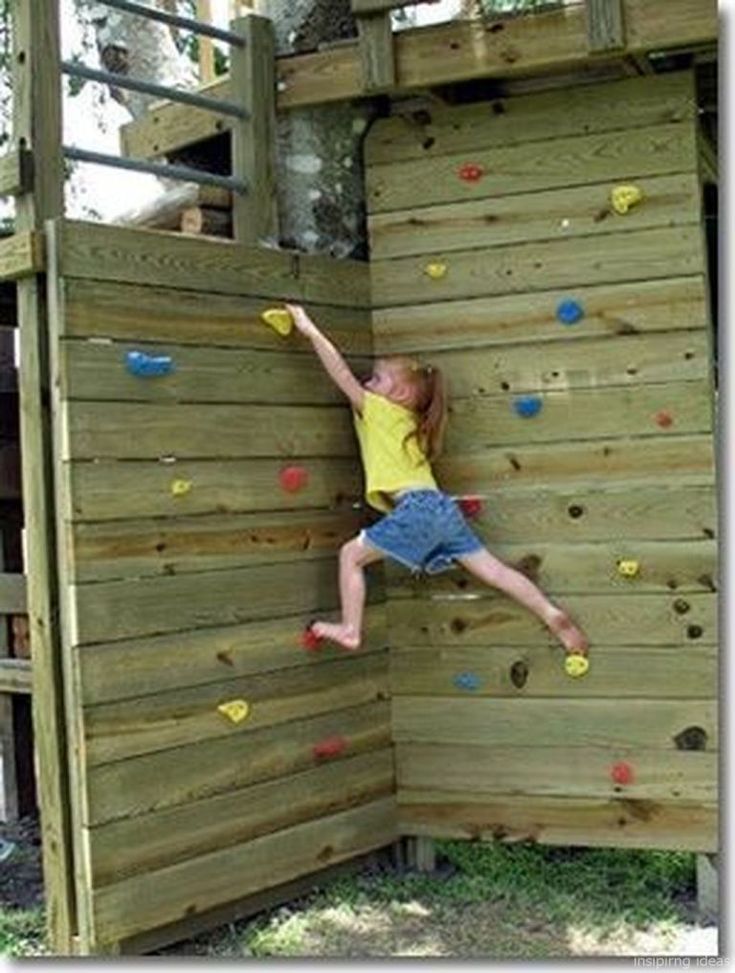 Drive only in a straight line. Move your body forward. Maintain a smooth speed after opening the throttle. Don't lose your vigilance. Try not to drive on hills, the angle of which exceeds 25 °. Climbing a hillock or a steep slope, do not step on the gas abruptly. Drive at medium engine speeds. If the ATV begins to roll backwards while climbing a hill, get up and apply the front brake. In this case, it is not necessary to use the engine power and the rear brake. If the quad has stopped, apply the rear brake and move the gear lever to park. Put the handcuff on the transport, turn around manually and try to repeat the ascent to the hillock again. To descend, take a back stance and bend your elbows slightly. Shift into low gear. To avoid tipping over, apply both front and rear brakes at the same time. Do it smoothly. Do not press the gas trigger when descending. Do not change the set trajectory of movement.
Drive only in a straight line. Move your body forward. Maintain a smooth speed after opening the throttle. Don't lose your vigilance. Try not to drive on hills, the angle of which exceeds 25 °. Climbing a hillock or a steep slope, do not step on the gas abruptly. Drive at medium engine speeds. If the ATV begins to roll backwards while climbing a hill, get up and apply the front brake. In this case, it is not necessary to use the engine power and the rear brake. If the quad has stopped, apply the rear brake and move the gear lever to park. Put the handcuff on the transport, turn around manually and try to repeat the ascent to the hillock again. To descend, take a back stance and bend your elbows slightly. Shift into low gear. To avoid tipping over, apply both front and rear brakes at the same time. Do it smoothly. Do not press the gas trigger when descending. Do not change the set trajectory of movement.
You need to drive down the slope in low gear, moving the body towards the top of the hill.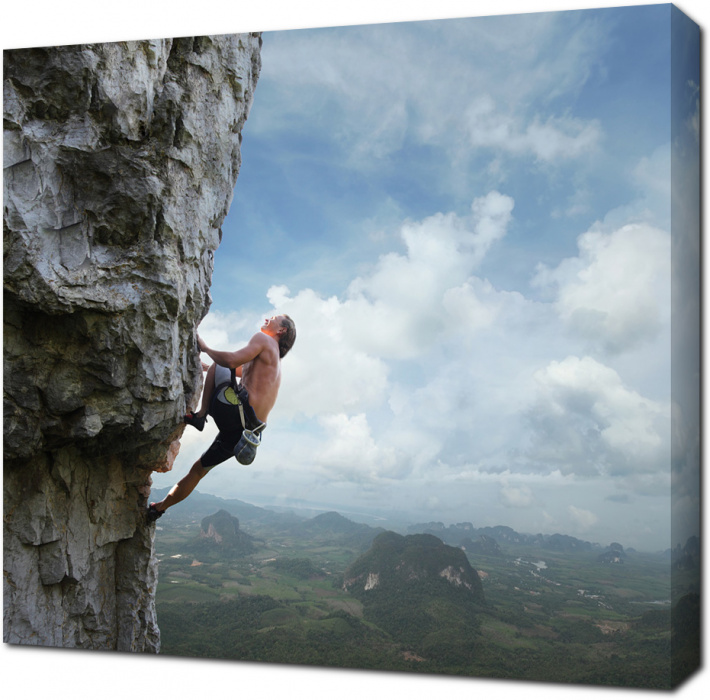 Hang your body completely on the steepest slopes. On the slopes, you can not brake sharply and pick up speed sharply. If the slope is slippery and steep, try to take a different path.
Hang your body completely on the steepest slopes. On the slopes, you can not brake sharply and pick up speed sharply. If the slope is slippery and steep, try to take a different path.
Start braking well in advance before coming to a complete stop. To slow down, release the throttle. ATVs stop quickly. But in an emergency, press the foot pedal or brake lever. Stop on a level, level surface. After stopping, shift into neutral. This will help to avoid unforeseen situations when disembarking from the vehicle.
After learning how to ride the ATV, learn how to drive on flat terrain without obstacles and other moving vehicles. Make sure the brakes are working at low speed when starting, turning and stopping. At first, try to avoid jumps and high speeds. Also, avoid jumping when riding a sports ATV. With a sufficiently high power, quadrics cannot accelerate much.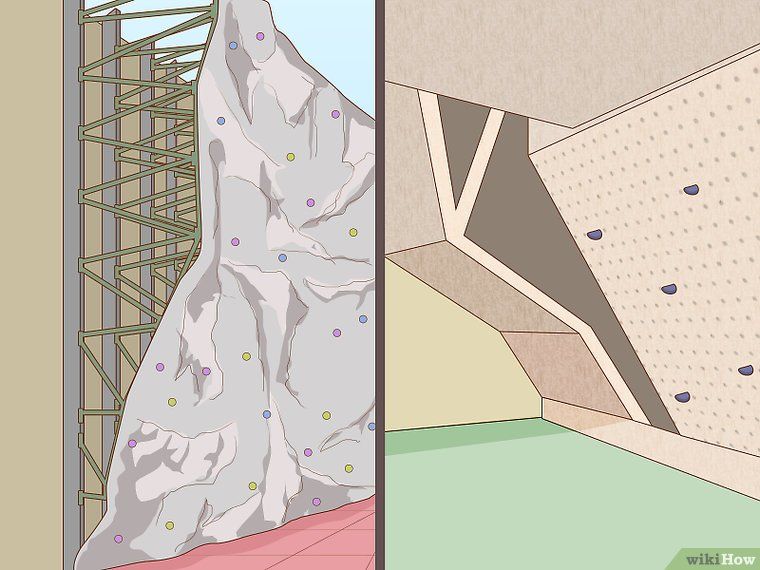 But, if you press the throttle trigger hard and sharply, the torque is quickly transferred to the wheels, and the ATV can jerk forward sharply. Try to avoid dangerous obstacles. Look always ahead. Don't press hard on the gas. Concentrate on the smoothness of the movement and the maneuvers being carried out.
But, if you press the throttle trigger hard and sharply, the torque is quickly transferred to the wheels, and the ATV can jerk forward sharply. Try to avoid dangerous obstacles. Look always ahead. Don't press hard on the gas. Concentrate on the smoothness of the movement and the maneuvers being carried out.
It's not yet one in the afternoon, and the thermometer is almost fifty. What will happen at three then? He pulled the duster tighter so the heat wouldn't seep under his clothes.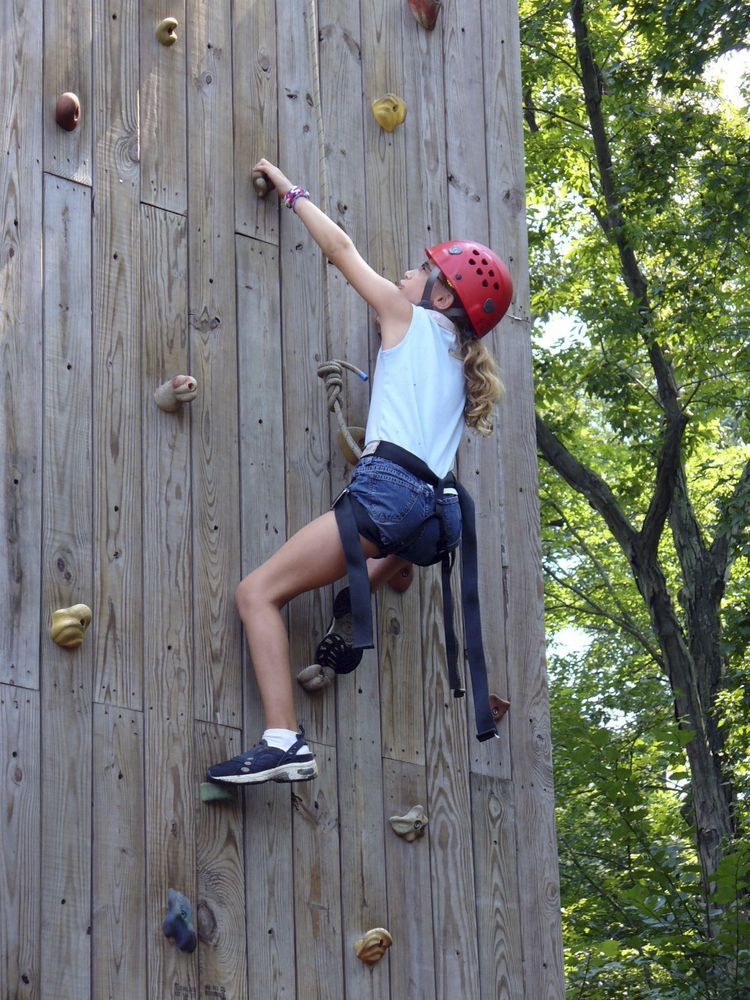 It was necessary to wrap up his head, caps and rags covering the back of his head and neck were not enough, but he did not want to fuss. I had to smoke and get out of the sun. Even through the thick soles of his boots, he felt the vibration and the fact that the old and crooked sheet of iron was hot. He saw smoke coming from under him. No, it was not haze, not hot air, not exhaust, it was a light, barely noticeable smoke. There was a burning smell. It was still six hours before Polazna, no less, however, here, on the river, with such a speed of movement, he could make a mistake and not accurately determine the time and distance. Gorokhov pulled his respirator back for a second, took the last, big puff, fired his cigarette butt into the water, and spitting on the red-hot iron, walked along deck
It was necessary to wrap up his head, caps and rags covering the back of his head and neck were not enough, but he did not want to fuss. I had to smoke and get out of the sun. Even through the thick soles of his boots, he felt the vibration and the fact that the old and crooked sheet of iron was hot. He saw smoke coming from under him. No, it was not haze, not hot air, not exhaust, it was a light, barely noticeable smoke. There was a burning smell. It was still six hours before Polazna, no less, however, here, on the river, with such a speed of movement, he could make a mistake and not accurately determine the time and distance. Gorokhov pulled his respirator back for a second, took the last, big puff, fired his cigarette butt into the water, and spitting on the red-hot iron, walked along deck
to the cabin.
The only place where you can hide from the heat is the felling. Here, under the floor, the gearbox threshes without ceasing, noisy, but in the wheelhouse a little more than thirty.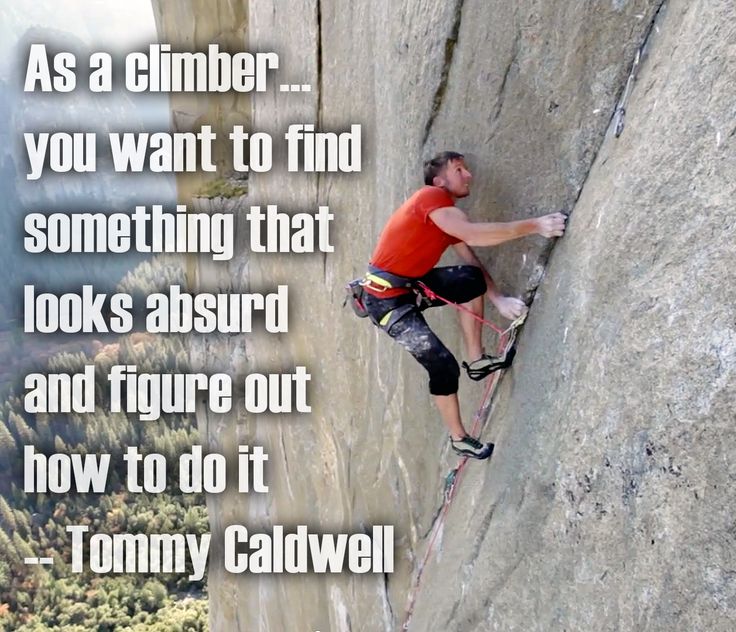 You can undress and take a nap. Of course, it could be even better, but the cabin is not sealed. Glass dangles in frames, welding seams burst in some places, the door does not lock tightly. This is probably the worst trough that walks along the Kama. But no one else agreed to go to Polazna for twenty. I had to hire this boat.
You can undress and take a nap. Of course, it could be even better, but the cabin is not sealed. Glass dangles in frames, welding seams burst in some places, the door does not lock tightly. This is probably the worst trough that walks along the Kama. But no one else agreed to go to Polazna for twenty. I had to hire this boat.
- Zhupan, - Gorokhov takes off his cap, he almost shouts to
shout over the roar of the gearbox, - there is smoke coming from under the deck.
- To hell with it, - the owner of the boat nonchalantly answers, - these are the seals in the engine burning, everything is fine.
“Seals are on fire – is everything okay? OK". - Gorokhov looks at the captain, moves away from him and sits down, but sits down not on a rack with a dirty and crumpled mattress, but on sacks of peas that are dumped against the wall under the air conditioner. He opens his duster, pulls off his gloves and removes the respirator from his neck. The coolest place. It's probably thirty, no more.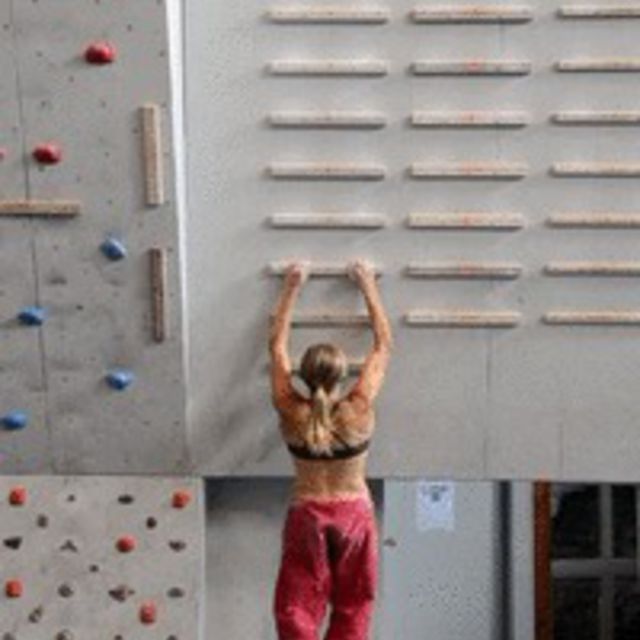 Andrei Nikolayevich stretches his legs. Yes, so good. He has about an hour. But napping doesn't seem to work. The left bank went steep, high, and the boat pressed close to it, as if there was no more room on the river. Gorokhov doesn't like this. Apparently, this Župan is a careless person, if not stupid. Nevertheless, he somehow survives, driving his head along the Kama. Gorokhov gets up:
Andrei Nikolayevich stretches his legs. Yes, so good. He has about an hour. But napping doesn't seem to work. The left bank went steep, high, and the boat pressed close to it, as if there was no more room on the river. Gorokhov doesn't like this. Apparently, this Župan is a careless person, if not stupid. Nevertheless, he somehow survives, driving his head along the Kama. Gorokhov gets up:
- Hey, captain, don't huddle close to the shore. Can you take closer to the middle of the river? He points to the steep banks hanging over the water. “The city is far away here, and the dargs can wander along the coast, come to the river and shoot down your beautiful ship. And me with you. We're just a target here.
- We will be a good target even in the middle, there is no big difference, only to see us here, under the shore, you need to go to the very edge, and to see us in the middle of the river, you need to climb any dune in the steppe. Zsupan seems to be laughing at him. - Don't be afraid, engineer, the Cossacks don't let the Dargs to the river, if someone shoots us here, it's them.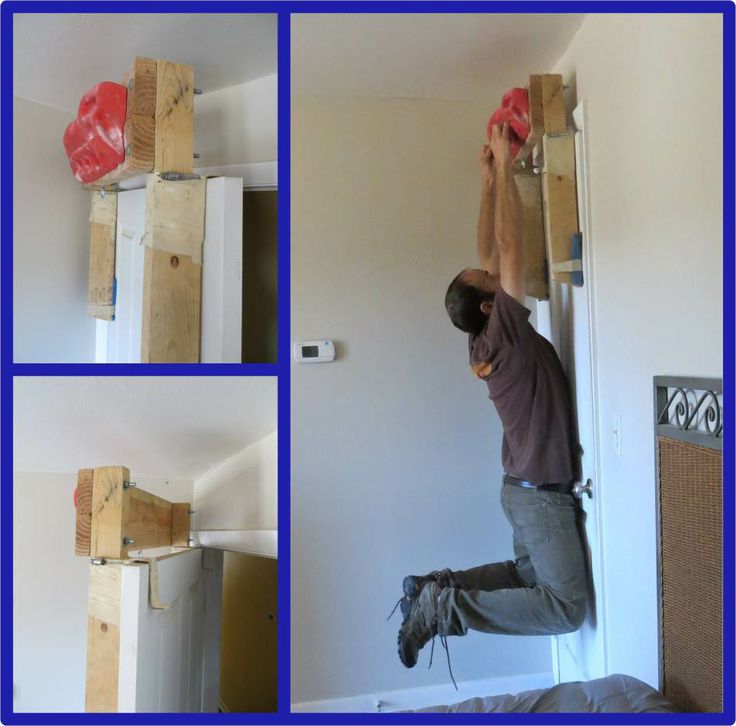 The Cossacks just wander along the shore.
The Cossacks just wander along the shore.
“Cossack women are wandering – it's good, if only they don't sit on the shore now”.
The engineer needs them, for them he is carrying a valuable gift. Okay, so be it. Gorokhov peers into the left bank, he is already looking for a place. Before he arrives, they will have to stop for a while. He needs to do something. Zupan has been warned about this. Gorokhov comes up to him and stands next to him. It's time to start choosing a parking spot.
The captain rarely bathes, although there is a "watermaker" on his trough. He is a bit fat for the local temperatures, boils on his face and neck, his teeth are bad, he tries to mask a leprosy on his chin with ragged bristles, he smells of moonshine.
- So the Cossacks? - Asks Gorokhov, looking at the left bank of the river.
- Yes, they roam along the coast, they need water and oil for ATVs, so they don't go far from the river, but dargs ... There are few dargs here. - The captain shouts, shouting over the work of the gearbox.
- The captain shouts, shouting over the work of the gearbox.
- I still think it would be safer in the middle of the river.
- It seems so to you, engineer, - the captain again looks at him a little condescendingly: they say, what can it seem to you there, you are land locusts, and then he explains - there is a pool on the pool in the middle, and in each there is a hippopotamus, and each hippo has fifteen to twenty centners, they are vicious - horror, they rush at every passing boat and beat it from below, hit it so that you jump. On my flight before last, one of these crashed so hard that the stern flowed. The seam on the bottom of the screw parted.
Gorokhov doesn't want to argue anymore, it's clear that Zhupan knows better how to walk on the river.
- Yes, and fuel consumption in the middle will be more, - Zupan adds and ends the conversation, - you should sleep engineer, it’s still five hours to Polazna, I think we’ll reach darkness, and if someone starts shooting at us, I’ll wake you up The captain grinned.